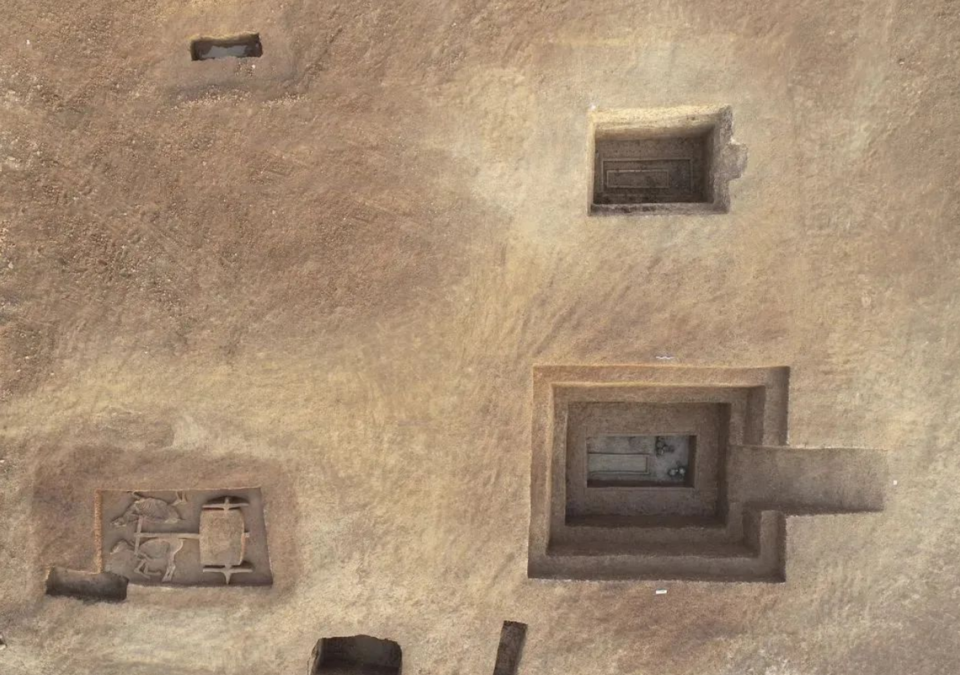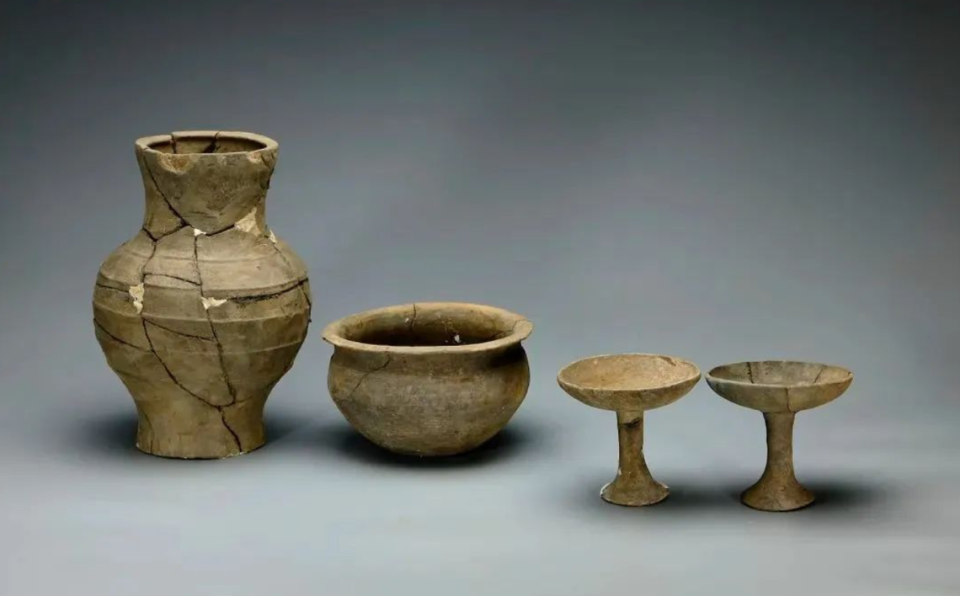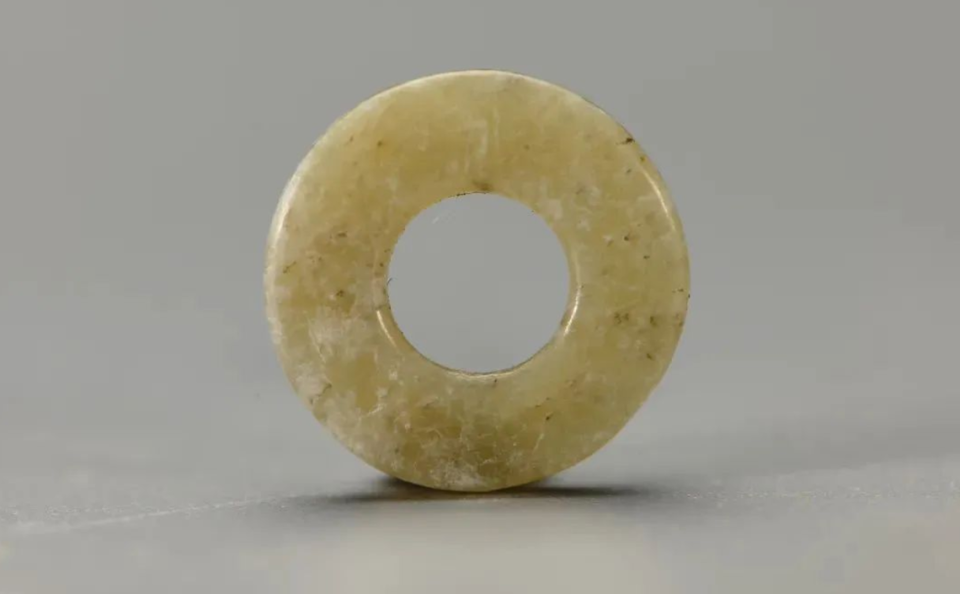2,000-year-old tombs — filled with weapons and animals — unearthed in China. See them
Archaeologists in China recently unearthed 176 ancient tombs filled with weapons, jewelry and other relics.
The sprawling burial site — which dates back over 2,000 years — was discovered during an excavation last summer in Xiangyang, a city in China’s centrally located Hubei province, according to a March 15 news release from the provincial government.
A handful of the tombs stood out among all the others, measuring around 30 feet in length and containing troves of artifacts. The other 170 or so tombs — neatly arranged alongside each other — were smaller in size.

One of the large tombs is believed to have belonged to a top-ranking aristocrat — likely a man — and included copper swords, boats and pots, officials said. The coffin, however, was decayed, leaving behind just traces of gray and green.
Next to the tomb, archaeologists found a pit filled with the remains of a wooden chariot and two horses laying on their sides. The animals were believed to have been laid out after their death.
Also found were around 400 pottery pieces, dining utensils, combs and jade rings.


The vast majority of the tombs were dated to the Warring States period, which lasted from 481 to 221 B.C.
As its name suggests, the period is known as a time of regular and bloody conflict between China’s seven states, according to research from San Jose State University. Technological advancements allowed for the mass production of weapons, which led to the creation of large armies.
However, the era was also characterized by intellectual achievements and the increase of administrative capabilities, according to the research.
Additionally, two of the tombs were dated to the Han dynasty, which spanned from 206 B.C. to 220 A.D.
The period was distinguished by the reunification of China following civil war and was a time when literature and philosophy flourished, according to the Smithsonian Institution.
In recent years, a string of other centuries-old burial sites have been found throughout China, including a “rare” Ming dynasty grave in the Shanxi province, according to previous reporting from McClatchy News.
Baidu was used to translate a news release from the Hubei Provincial Institute of Cultural Relics and Archaeology.
‘Rare’ 400-year-old tomb — with well-preserved interior — found in China. Look inside
1,200-year-old sarcophagus unearthed near French theater — and was packed with bones
Ruins of wine brewing workshop — at least 380 years old — unearthed in China. See them

